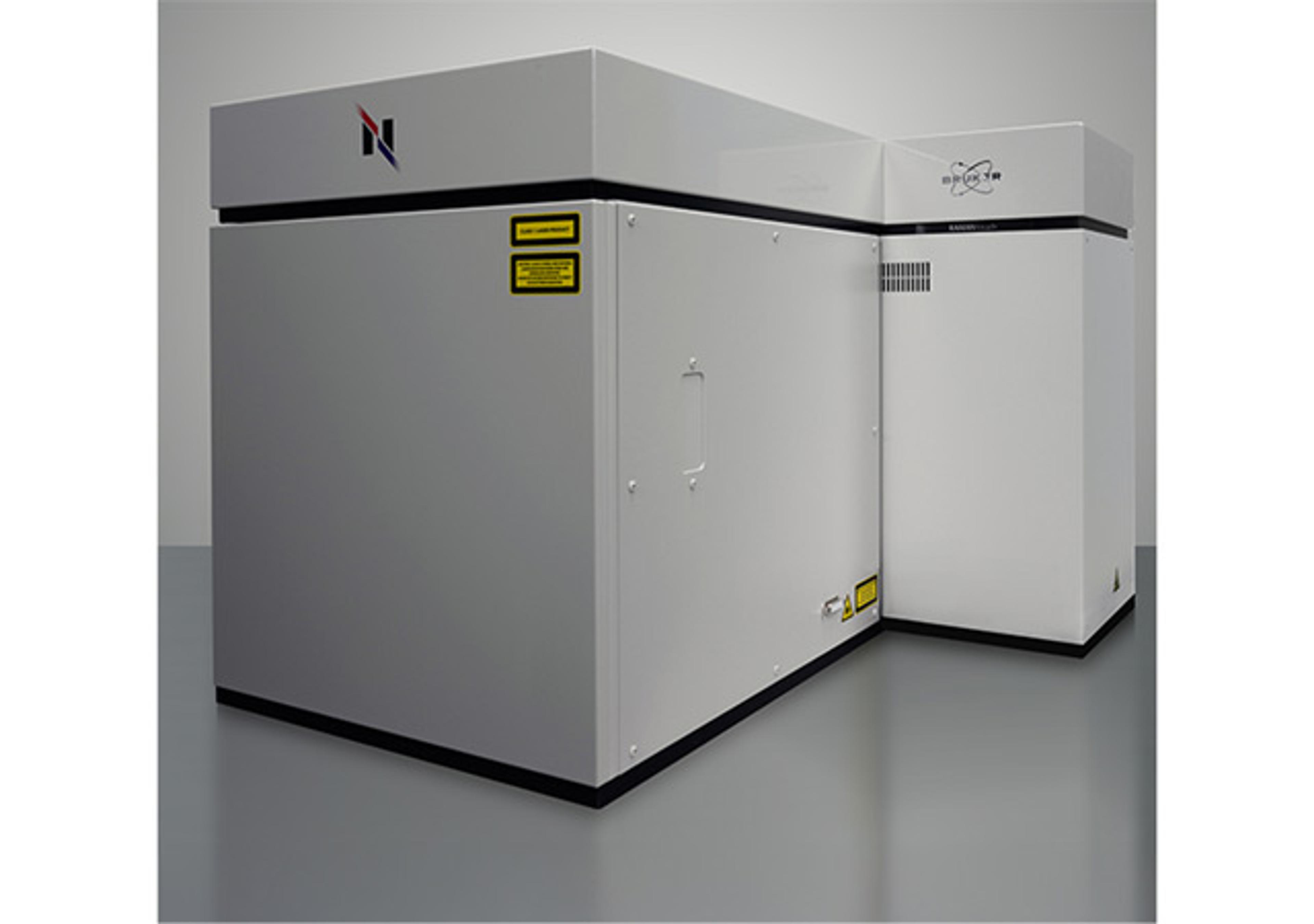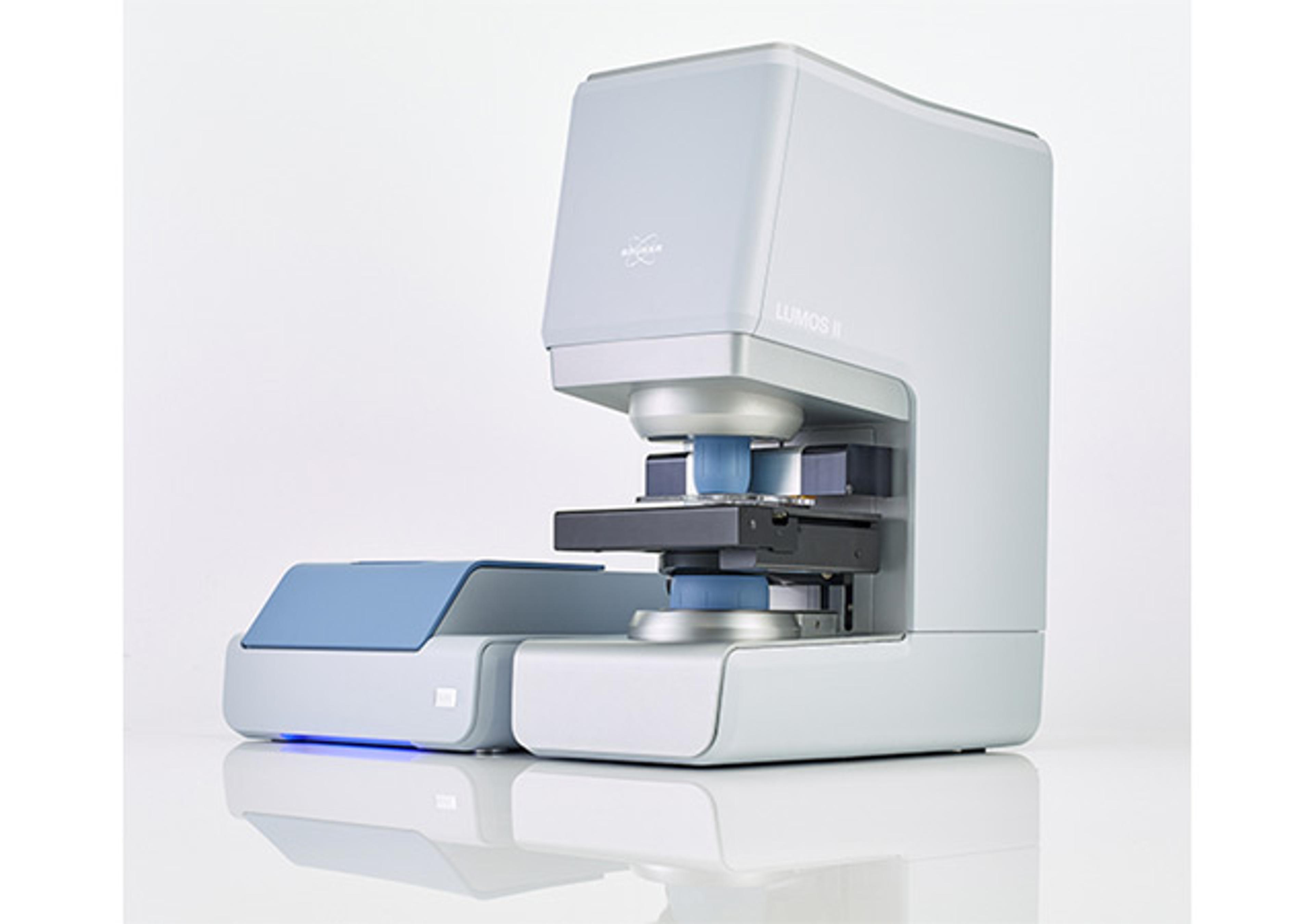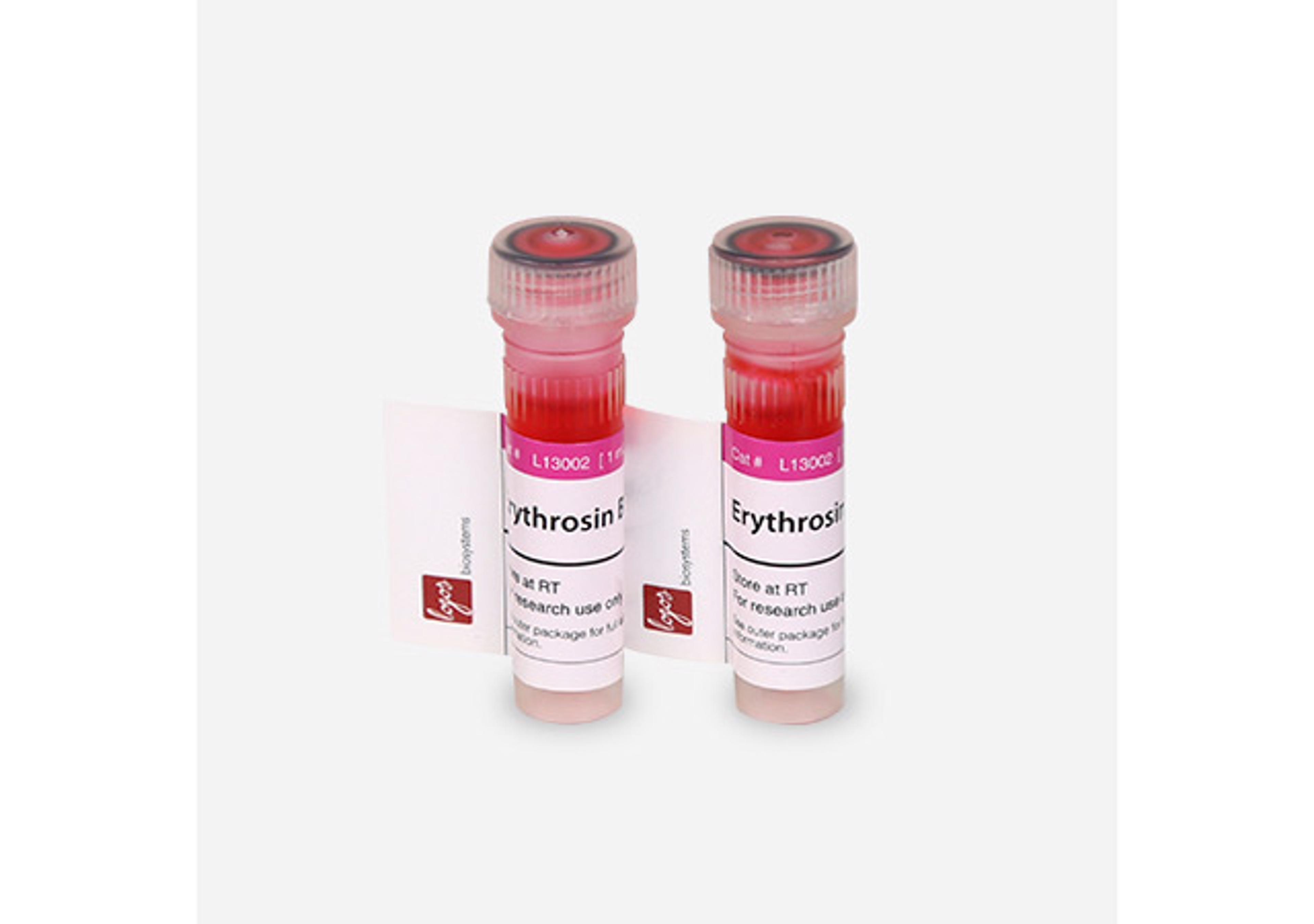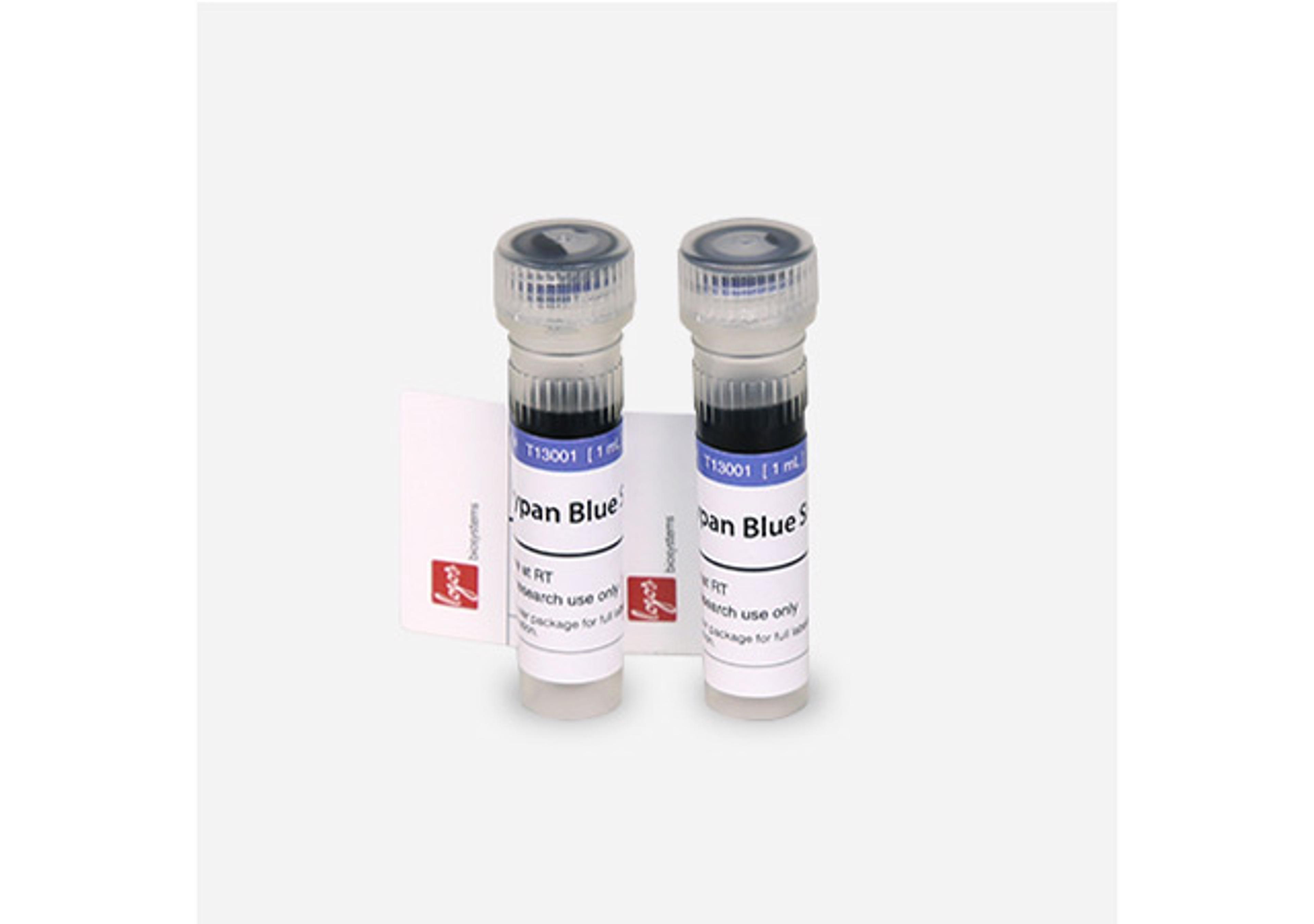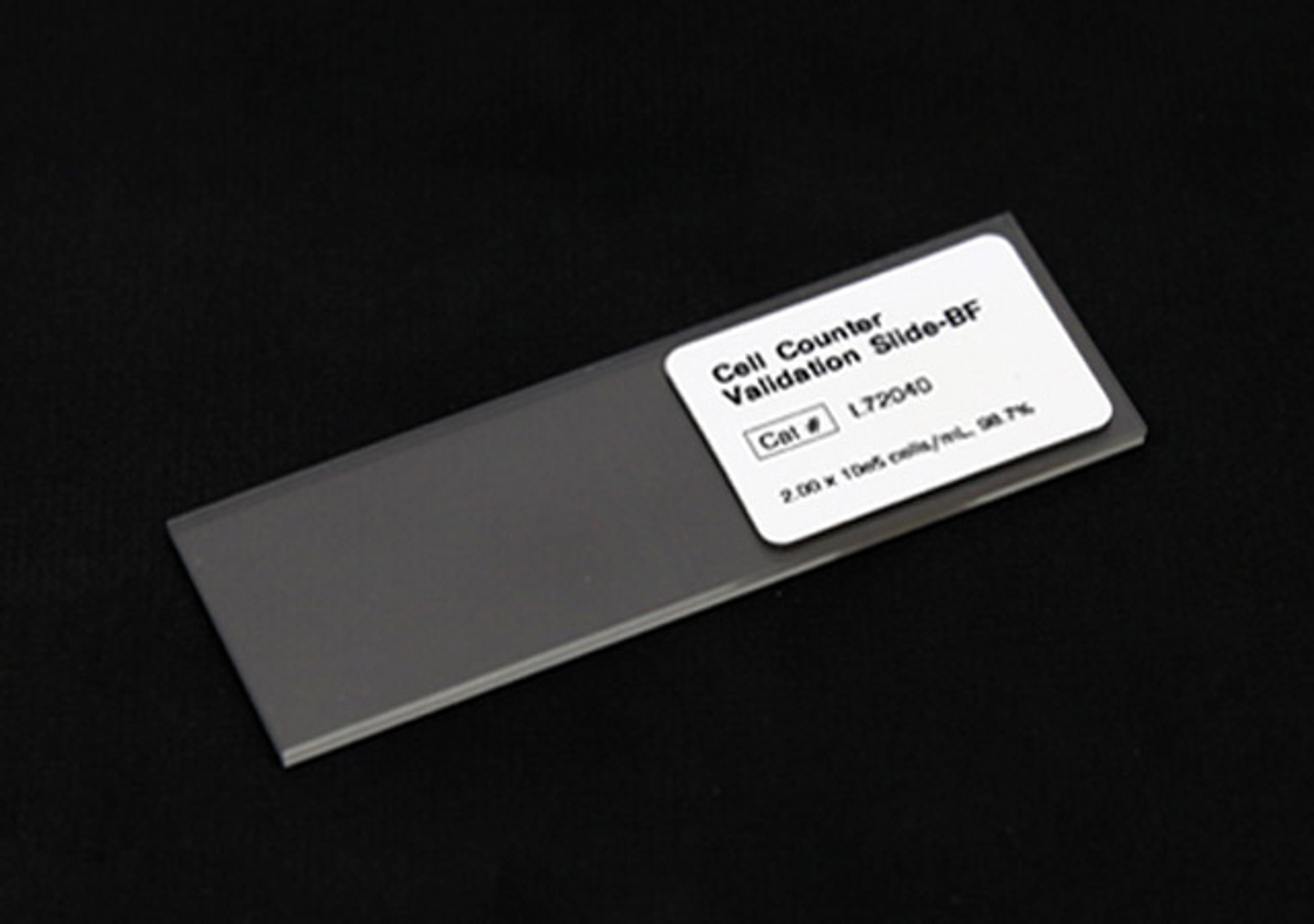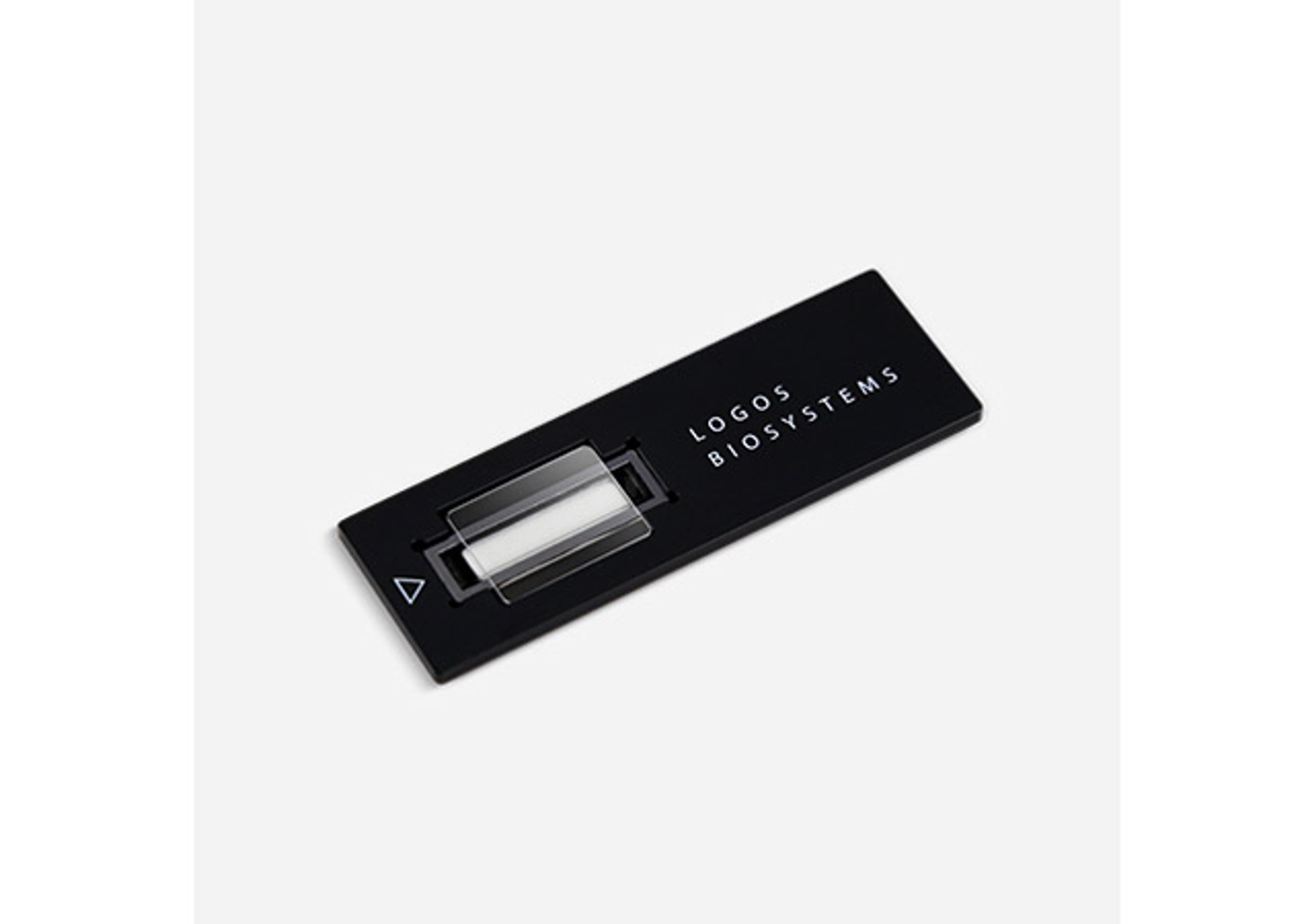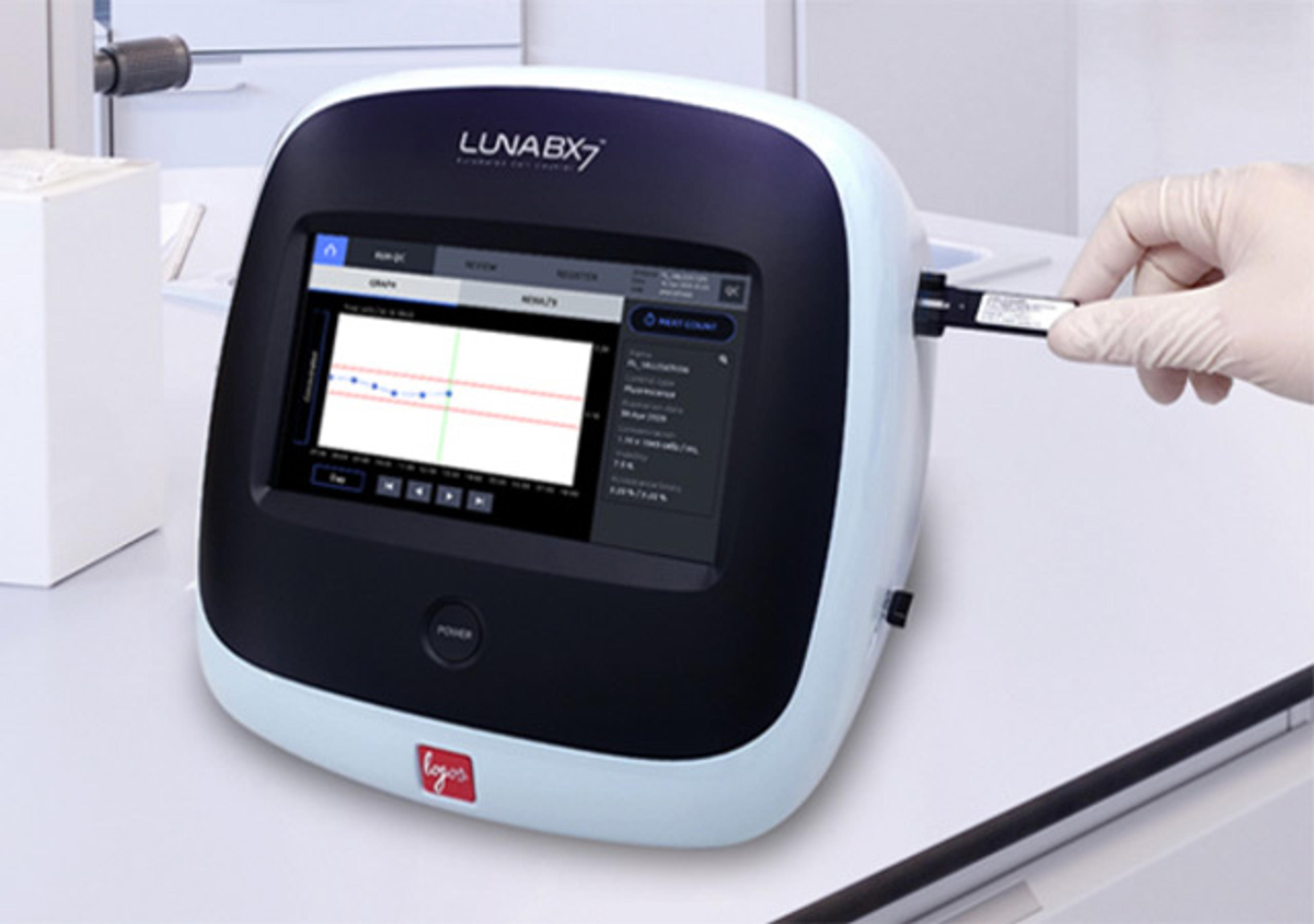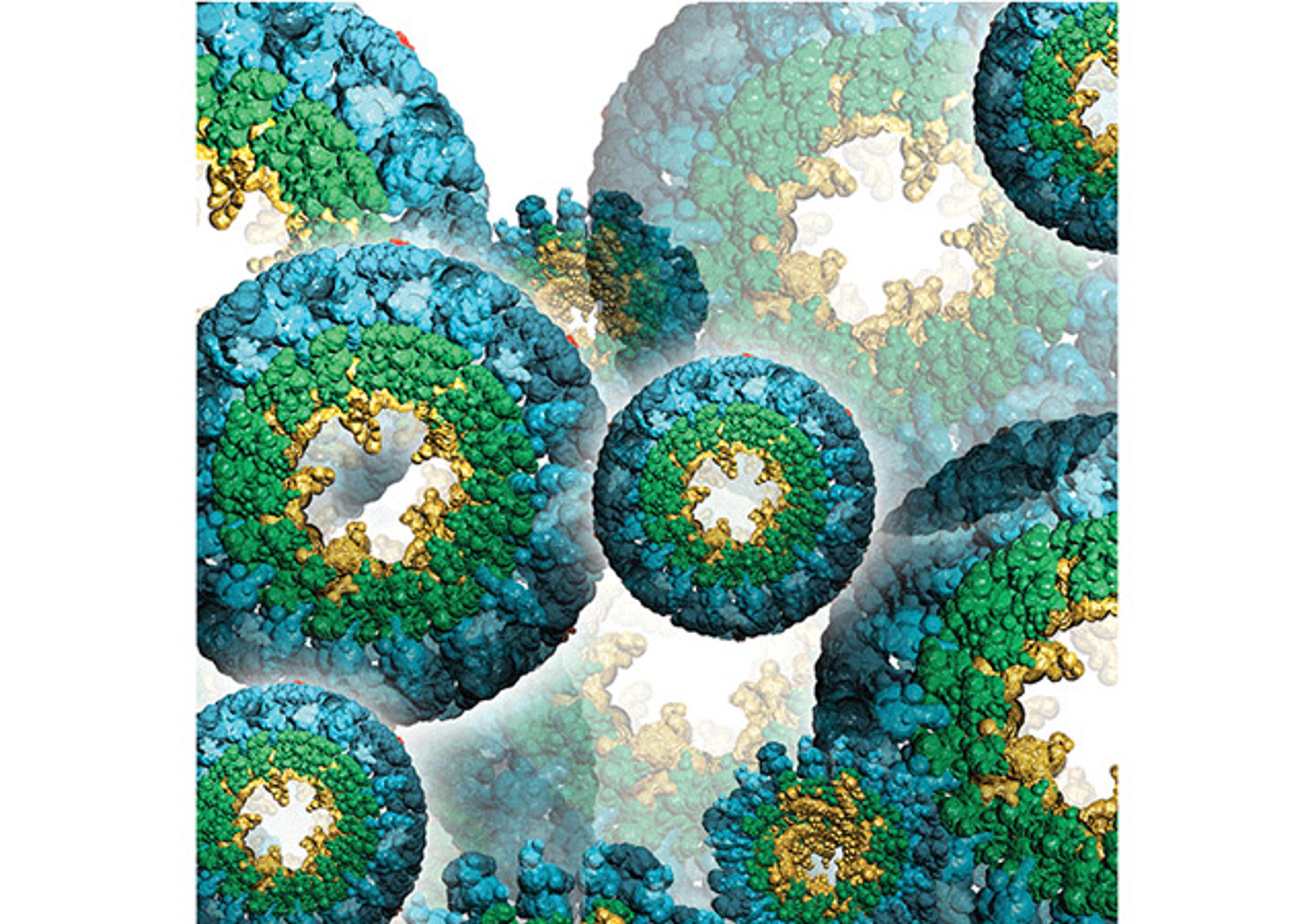Invitrogen™ UltraComp eBeads™ Compensation Beads
UltraComp eBeads Compensation Beads react with mouse, rat and hamster antibodies and are immunoglobulin light chain-independent. The spherical beads can be stained with individual with individual fluorochrome-conjugated antibodies for use as single-color compensation controls. Each drop of beads contains two populations: a positive population that will capture any mouse, rat, or hamster antibody and a negative population that…

The supplier does not provide quotations for this product through SelectScience. You can search for similar products in our Product Directory.
Easy to use
Flow cytometry compensation
Very easy to use to set up compensation of multicolor panels
Review Date: 31 Oct 2017 | Thermo Fisher Scientific
UltraComp eBeads Compensation Beads react with mouse, rat and hamster antibodies and are immunoglobulin light chain-independent. The spherical beads can be stained with individual with individual fluorochrome-conjugated antibodies for use as single-color compensation controls. Each drop of beads contains two populations: a positive population that will capture any mouse, rat, or hamster antibody and a negative population that will not react with antibody. When a fluorochrome-conjugated antibody is added to the beads, both positive and negative populations are generated, resulting in a bimodal distribution that can be used for single-color compensation controls in multicolor flow cytometry experiments.
The UltraComp eBeads Compensation Beads are designed for use in compensation with all fluorochromes excited by ultraviolet (355 nm) violet (405 nm), blue (488 nm), green (532 nm), yellow-green (561 nm), and red (633-640 nm) lasers. They should be used with standard staining buffers which contain PBS or HBSS, protein such as BSA or FBS, and sodium azide. No other additives should be used.



